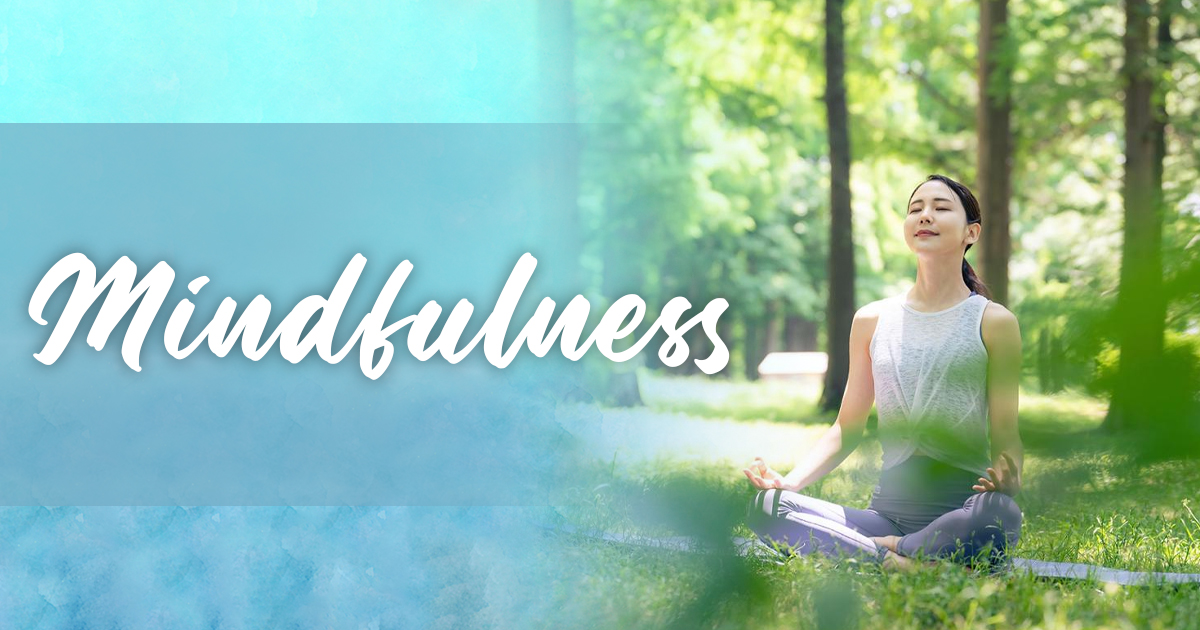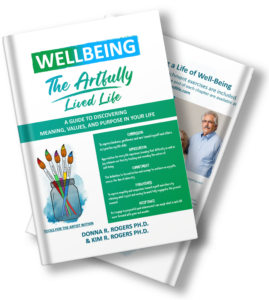What is Mindfulness Meditation?
Change your thoughts, change your reality. You’ve probably heard this phrase before. But have you ever wondered exactly how does one go about changing one’s thoughts? After all, when your mind is the very thing that’s whirling with so many unwanted thoughts and feelings, how can you use that same mind to control those thoughts and feelings?
The answer is, you don’t. Mindfulness isn’t about controlling your thoughts and emotions. It’s about recognizing them, becoming more aware of them, and realizing that they don’t define you – then learning how to let them go, so you can become more fully present in whatever you are doing. Mindfulness is a philosophy, a personal practice, and is used as an evidence-based medical and psychological therapy technique adopted from Eastern traditions. Jon Kabat-Zinn has defined mindfulness as “paying attention in a particular way: on purpose, in the present moment and non-judgmentally”. The Mindfulness-Based Stress Reduction Program (MBSR), created by Jon Kabat-Zinn in 1990, promotes seven key principles for a new approach to daily life:
Affirmation of Self: Recognizing that as long as you’re breathing, there is more right with you than wrong.
Present Moment Awareness: Often, we dwell in the past or future, over which we have little control. MBSR emphasizes awareness of the present moment, including sensory experiences like sight, sound, taste, and touch.
Acceptance: Accepting the present moment, even if it’s challenging, helps us move beyond judgmental expectations and reactions
.Alternative Approaches to Challenges: Often, we either avoid unpleasant experiences or obsess over them with negative thinking. MBSR suggests these strategies are counterproductive. Instead, it promotes facing these experiences directly.
Turning Towards Discomfort: Rather than avoiding or holding onto negative aspects of challenging experiences, MBSR encourages us to open up to them, and then let them pass like a train crossing our path. By accepting and learning from these experiences, we increase our resilience, insight, and wisdom.
Positive Redirecting of Energy: We can focus our energy more positively by approaching our experiences with kindness and compassion.
Non-Doing Mindfulness: Mindfulness involves simply being present with ourselves in each moment with compassion and without judgment.
Incorporating these seven principles into daily life can transform how we perceive ourselves and the world. As we practice kindness and compassion, letting go of judgments and struggles, we focus more on the present and the inherent qualities within us. Cultivating attitudes like non-judging, patience, trust, acceptance, and letting go becomes instrumental in life transformation and developing a more robust sense of well-being. These qualities serve as guideposts, influencing our life choices and steering us toward greater well-being.
Why is Mindfulness Being Incorporated in Mainstream Psychological Counseling?
Mindfulness has received a great deal of attention in the psychological counseling field over the past decade. A number of well-controlled clinical trials have been published in peer-reviewed literature, and mindfulness has been incorporated into a number of psychological therapy modalities. Research has shown that the practice of mindfulness meditation over a 2-month period is effective in managing stress and reducing symptoms of anxiety, depression, and trauma. Mindfulness practice also improves brain function, can change brain structure, reduce stress hormones, and improve immune system function. A daily mindfulness meditation practice can be used in combination with psychotherapy and biofeedback. Clinical evidence also suggests that a continued mindfulness practice can have long-term positive effects.
How Does Mindfulness Work?
By paying attention in a non-judgmental way to the contents of our stream of consciousness, as mindfulness practitioners we gain a greater awareness of our thoughts and emotions. By taking an observer perspective, we begin to realize the impermanence of experience and that we are not our depressed or anxious thoughts. A shift in perception termed “re-perceiving” or re-interpretation of our thinking occurs during mindfulness meditation. Because we tend to be immersed in the drama of our personal life story, mindfulness allows us to simply stand back and witness the negative as well as the positive aspects of our narrative. The practice of paying attention in a non-judgmental way is thought to improve self-regulation and value clarification as well as increasing cognitive, emotional, and behavioral flexibility (that is values-guided action).
How Can I Start a Mindfulness Meditation Practice?
Your intention or purpose for embarking on a mindfulness meditation practice might range from managing psychological symptoms of stress, anxiety, or depression to achieving better self-regulation and personal development. In fact, mindfulness meditation practice has been shown to have positive results in each of these areas. However, it is important to realize that effective results are not typically immediate, and the process requires time, effort, and commitment.
Beginning a mindfulness practice requires a minimum commitment to set aside 20-40 minutes per day of quiet practice. Because mindfulness has been described as a state of mind, any number of solitary practices (walking, eating, yoga movement, etc.) can be done in a mindful way. Mindfulness meditation has been described as a means by which a mindfulness practice can be built. Mindfulness in a larger sense can be considered to be an orientation to life experience.
So — sign me up, how do I start? In addition to training in the context of the counseling process, there are a wide range of books, CDs, and videos available that teach mindfulness principles and practice. These are available from a variety of teachers and practitioners. Formal training and organized meditation groups are also available in the local area.
Where can I find more information about mindfulness meditation and well-being?
Discover the transformative power of mindfulness and unlock a life of balance, harmony, and inner peace. Start a journey to improve your well-being with “WellBeing: The Artfully Lived Life”. This essential guide offers practical steps and techniques to cultivate mindfulness in your daily life. Through over 150 Wellness Exercises and Guided Meditations, this book allows you to tap into the incredible benefits of meditation.
Start your day with a simple yet profound practice that will help you shift your focus from the chaos of the outside world to the calmness within. Don’t let stress, anxiety, or negativity hold you back any longer. Take charge of your life and embrace the power of mindfulness today!


